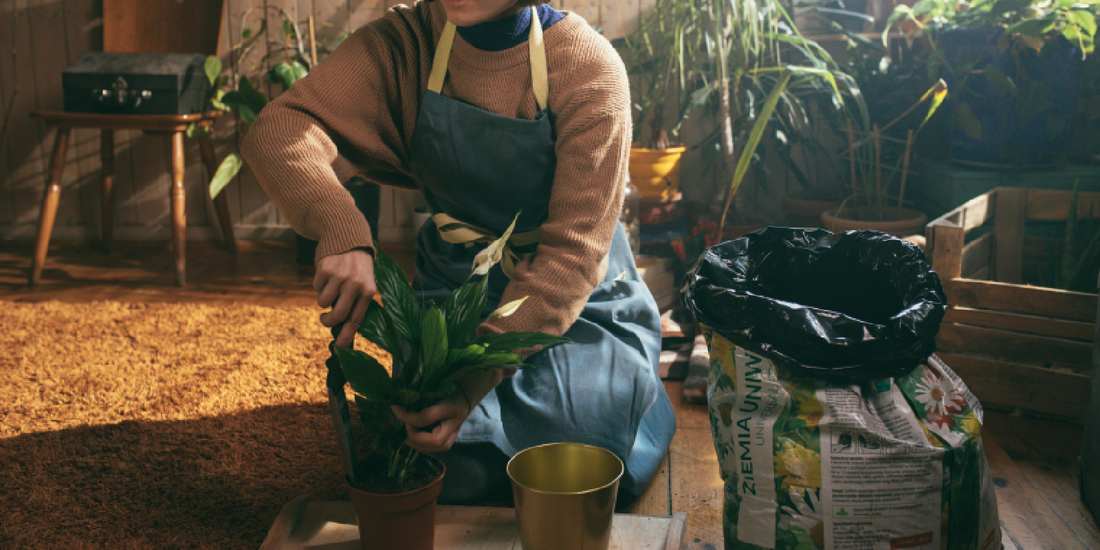
Best Practices for Safe Electrical Use with Grow Lights
Share
Indoor gardening has rapidly grown in popularity as more people seek sustainable ways to enjoy greenery at home. With innovations such as the amoyls VerdantGlow S-Shaped 8-Tier Plant Shelf with Grow Lights, plant lovers can now cultivate a thriving indoor garden without relying solely on natural sunlight. However, the addition of grow lights also introduces the responsibility of safe electrical use.
This article provides a comprehensive guide on best practices for managing electricity when using grow lights. From proper installation to ongoing maintenance, following these steps will not only protect your plants but also safeguard your home and family.
1. Understanding the Basics of Grow Light Safety
Grow lights are electrical devices designed to mimic the sun’s spectrum, providing plants with essential light for photosynthesis. While they are relatively low-risk when used correctly, improper setup or neglect can result in hazards such as overheating, short circuits, or even fire.
Key principles to keep in mind:
- Treat grow lights like any other electrical appliance.
- Always check voltage compatibility before use.
- Understand the wattage capacity of your outlets and extension cords.
By starting with these basics, you lay the foundation for safe, long-term usage.
2. Choosing Certified and Reliable Equipment
When purchasing grow lights or plant shelves with integrated lighting systems, always prioritize safety certifications such as UL, CE, or FCC compliance. Products like the amoyls VerdantGlow Shelf are designed with safety in mind, but additional accessories such as extension cords and timers must also meet these standards.
- UL or CE marks ensure the product has undergone rigorous testing.
- Avoid counterfeit or uncertified plugs and adapters.
- Choose grounded plugs for additional protection.
Investing in certified equipment reduces the likelihood of malfunction and enhances the overall safety of your indoor garden setup.
3. Proper Placement of Grow Lights
Where and how you place grow lights has a direct impact on both plant health and electrical safety.
- Avoid moisture exposure: Keep lights away from areas prone to splashing water, such as when misting plants.
- Maintain airflow: Position lights with enough clearance to allow proper ventilation and reduce heat buildup.
- Distance from plants: While close proximity maximizes light absorption, ensure bulbs do not touch leaves, as this can cause burns or fire risks.
A simple rule: always keep your grow lights in a dry, ventilated, and stable environment.
4. Managing Power Cords and Extensions
One of the most overlooked aspects of grow light safety is cord management.
- Use high-quality surge protectors to handle electrical fluctuations.
- Never overload a single outlet with multiple grow lights.
- Avoid running cords under carpets or rugs, which can cause overheating.
- Keep cords organized with cable ties to reduce trip hazards.
If you are using multiple grow lights with your amoyls VerdantGlow shelf, consider a dedicated power strip designed for high-load appliances.
5. Timers and Automation for Safer Use
Timers are not only convenient for maintaining consistent light cycles but also play a role in safety.
- Automating light schedules prevents lights from being left on for excessive hours, which can reduce overheating risks.
- Smart plugs with overload protection add an extra layer of security.
- Ensure timers are rated for the wattage of your grow lights.
With automation, you reduce human error and create a controlled growing environment.
6. Ventilation and Heat Management
Even energy-efficient LED grow lights produce some heat. Without proper ventilation, heat buildup can damage plants and stress electrical components.
- Ensure your grow shelf is placed in a well-ventilated area.
- Avoid covering the power adapters or drivers of your lights.
- For larger setups, consider adding a small fan to circulate air.
Good airflow not only protects wiring but also keeps your plants healthier by reducing humidity pockets and mold growth.
7. Water and Electricity: Safety Precautions
Since plants require regular watering, grow lights are often exposed to humid environments. Combining water and electricity can be dangerous, so follow these safety practices:
- Use drip trays to prevent water from seeping onto electrical outlets.
- Keep power strips and adapters elevated off the floor.
- Dry your hands before adjusting lights or cords.
- If possible, use water-resistant connectors designed for horticultural environments.
By being mindful of moisture control, you drastically reduce the risk of electrical accidents.
8. Regular Inspection and Maintenance
Electrical safety isn’t a one-time setup—it requires ongoing care.
- Inspect cords regularly for fraying or damage.
- Replace malfunctioning bulbs or LEDs immediately.
- Clean dust from light surfaces to prevent overheating.
- Test outlets and surge protectors to ensure functionality.
A monthly check-up of your grow light system ensures both safety and optimal performance.
9. Educating Household Members
If you share your living space with others, make sure everyone understands the basic safety measures:
- Children should not handle cords or outlets.
- Inform housemates about the proper way to water plants near lights.
- Label switches or timers to avoid accidental tampering.
Clear communication helps maintain a safe environment for everyone in the household.
10. Building a Safe, Sustainable Indoor Garden
The joy of cultivating plants indoors comes with the responsibility of maintaining safe practices. With the amoyls VerdantGlow S-Shaped 8-Tier Plant Shelf, you already have a product designed for efficiency and stability. By applying the best practices above, you ensure your grow lights operate securely while your plants flourish.
Ultimately, electrical safety is about balance: maximizing the benefits of grow lights while minimizing risks. With careful planning, proper equipment, and consistent maintenance, your indoor garden can thrive for years to come—safely, beautifully, and sustainably.
